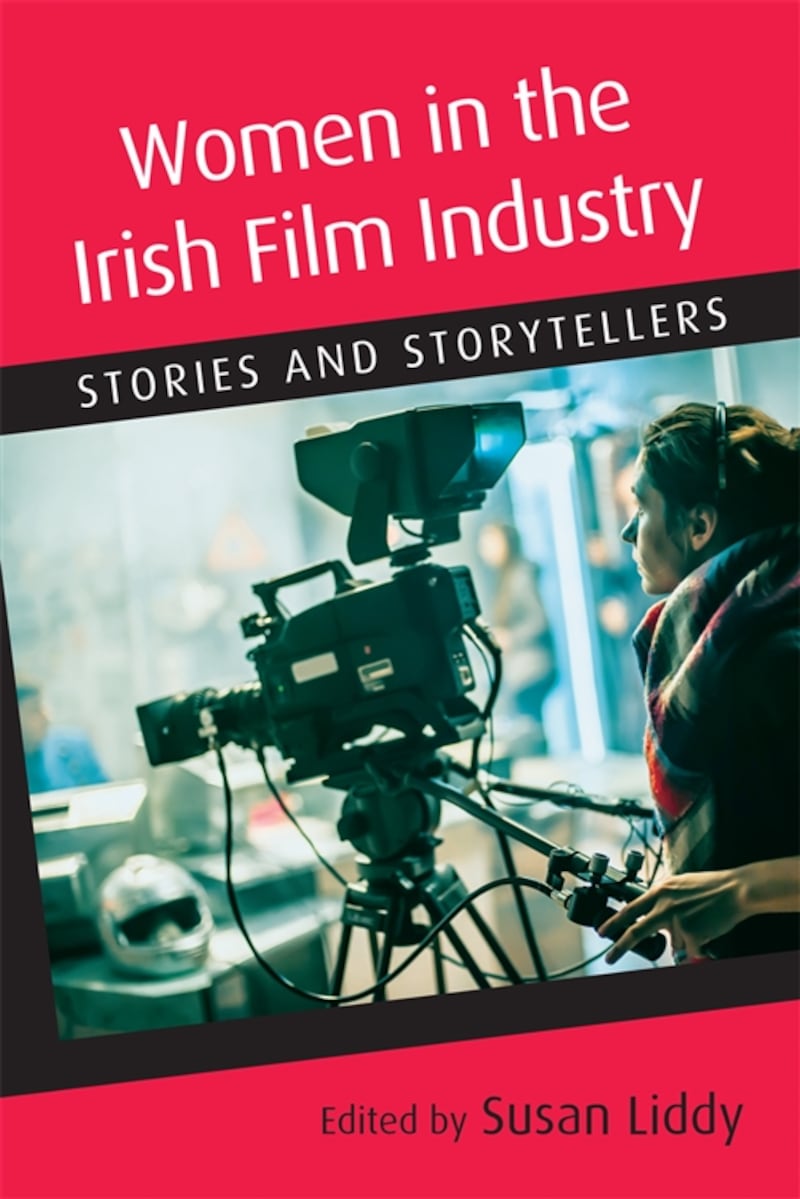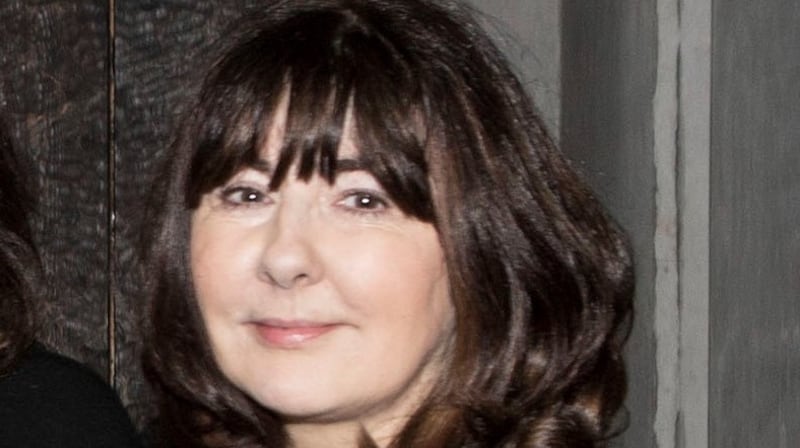It is extraordinary to consider that Alice Guy-Blaché was the world’s first female director and established one of France’s leading film studios in 1897. In the early years of Hollywood, women were the luminaries with screenwriters and directors like Frances Marion, Anita Loos and Lois Weber. Indeed, Dorothy Arzner, in a career that spanned 1919-1943, remains the most prolific female studio director in the history of American cinema.
And yet here we are.
In 2020, with notable exceptions like casting, costume, hair and make-up, women, especially BAME women, are hugely underrepresented in the global film industry. From development to production to exhibition, they gradually slide off the grid. Indeed, films directed by women make up just 3 per cent of all global screenings. How women ended up on the margins in a primarily male, white, straight industry is a long discussion for another day. But on the margins, they are, despite the success stories.
Women still struggle to gain a foothold as screenwriters, directors, producers, cinematographers, editors and crew. They very often skirt around the edges, making the short films, the smaller documentaries, the lower-budget features. In some ways, there are common threads with wider inequalities such as the ongoing struggle for greater political representation; negotiating the glass ceiling in the workplace; and the long and exhausting struggle for reproductive rights, to name just a few. It is about whose contribution and perspective are valued and, fundamentally, it is about an imbalance of power and the political will to commit to change.
True, women fare better in some places than in others. The Nordic countries have the edge but, since 2016, Screen Ireland and the Broadcasting Authority of Ireland have gradually stepped up and made credible strides to reconfigure the landscape. They have shifted from being “gender-neutral” and “project driven”, which was the official position for many years and one that supported the status quo, to a proactive engagement with gender equality issues including policies and targeted initiatives.


Professional and voluntary groups may not have taken to the streets here, as they have elsewhere, but the Equality Action Committee of the Writers Guild, Women in Film and Television and the Screen Directors Guild have been forthright in their calls for an equal share of the resources. We have had a welcome spike in the numbers of women coming forward and being funded, albeit for smaller budgets. It is encouraging but tentative and too early to assess how effective it will be. Whether the wider industry has bought into the importance of gender equality with any real conviction also remains to be seen.
It matters who populates our film industry.
Women must be active participants in the creation of culture. We need a constellation of voices telling untold or lesser-told stories and that can be a challenge when “quality” is so subjective. It was not too long ago when writing a female protagonist was considered a no-go area.
Female directors, particularly, are faced with gender-specific industry challenges and roadblocks. In a risk-averse industry, there is still a degree of hesitation handing the reins of power to a woman when a sizeable budget is involved. This is an industry built on networking, the informal hiring of the people you know and like and have worked with before. Call it unconscious bias or plain old misogyny. Either way, one female director observed that you go on set “ready, armed and prepared to fight”.
There are economic reasons, too, why gender equality needs to be addressed. The Irish Government has made a long-term financial commitment to film culture and the industry “is poised to continue to increase and expand”, according to Screen Ireland last year. But who will benefit? The international push for 50-50 gender equality must remain and much more work needs to be done on diversity and intersectionality – including class, ethnicity, age and LGBT. It is not more of the same we need but a gateway to something fresh and reflective of contemporary Ireland.
But women are in short supply across a range of technical roles ranging from camera to sound to post-production; lost to the industry and the possibilities it offers. That is not something that can be fixed overnight and capacity building is necessary. Women need to be encouraged and supported to challenge cultural expectations and enter perceived “male” sectors. Predominantly male film sets may be unpalatable to those who do not see themselves mirrored in many of the technical industry careers or crafts.
There are also many unvoiced and unresolved issues around caring, motherhood and the demands of the industry. Those women who do work on set, in a range of professions, can face particular hardships. Long working days, sometimes 12 -14 hours, and negotiating some of the most expensive childcare in the OECD mean that mothers (and it is primarily mothers, both pre- and post-Covid 19) have to jump through hoops to stay in the business. A range of gendered dynamics works to disadvantage them. As one writer/director noted “mothers are seen as less committed and fathers are seen as more dependable by employers”.
My recently published collection Women in the Irish Film Industry: Stories and Storytellers is a guided tour through the contemporary Irish industry with a spotlight on some of these issues. It is the story of female presence and absence and is concerned with visibility, vision and voice, inclusion and marginalisation and new horizons.
Contributors reappraise and reclaim women’s work in the industry. There are accessible accounts of ongoing national and international debates; a focus on individual practitioners and their experiences; collaborative filmmaking; the importance of developing gender-aware film education; the involvement of women in non-traditional and emerging fields such as cinematography and animation, respectively. The contribution of women has often slipped into historical darkness and this collection is an attempt to put at least some of it on the record.
Film historian, Shelley Stamp, has cautioned against forgetting women’s role in early filmmaking. She argues that generations of women have been told that filmmaking is a man’s game: that they are “an anomaly”, that they must somehow “re-invent the wheel” to succeed. When women know their (film) history they can more easily identify their path. We have many promising short filmmakers, talented crew, creative and innovative female producers. We also have screenwriters and directors, of film and television, long established and emerging, many of whom you may never have heard of.
Pat Murphy, Trish McAdam, Geraldine Creed, Mary McGuckian, Vivienne Dick, Anne Crilly, Margo Harkin, Liz Gill, Marian Quinn, Lelia Doolan, Kirsten Sheridan, Juanita Wilson, Rebecca Daly, Rachael Moriarty, Nora Twomey, Aisling Walsh, Dearbhla Walsh, Carmel Winters, Ailbhe Keogan, Aoife McArdle, Christine Molloy, Neasa Hardiman, Kim Bartley, Emer Reynolds, Imogen Murphy, Tess McGowan, Shelly Love, Cathy Brady, Aoife Crehan and many more.
Their creative journeys are individual. They plough their own furrow. But their work is part of our collective journey too, part of Irish film history. Their experiences inform our struggle for equality in an often-inhospitable industry. Their stories have the power to shape our ideas and the way we see the world. Shape what we can imagine and what we might become.
Look inside the book
Dr Susan Liddy lectures in the Department of Media and Communication Studies in MIC, University of Limerick. She is chair of Women in Film and Television Ireland and a member of the advisory board of Women in Film and Television International. She is also a board member of the Writers Guild of Ireland’s and chair of their Equality Action Committee.






















